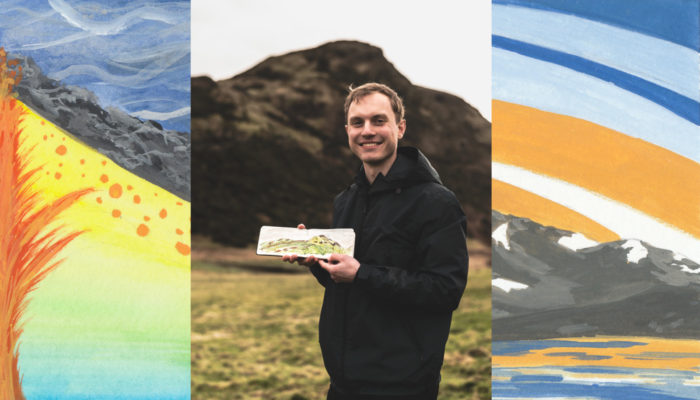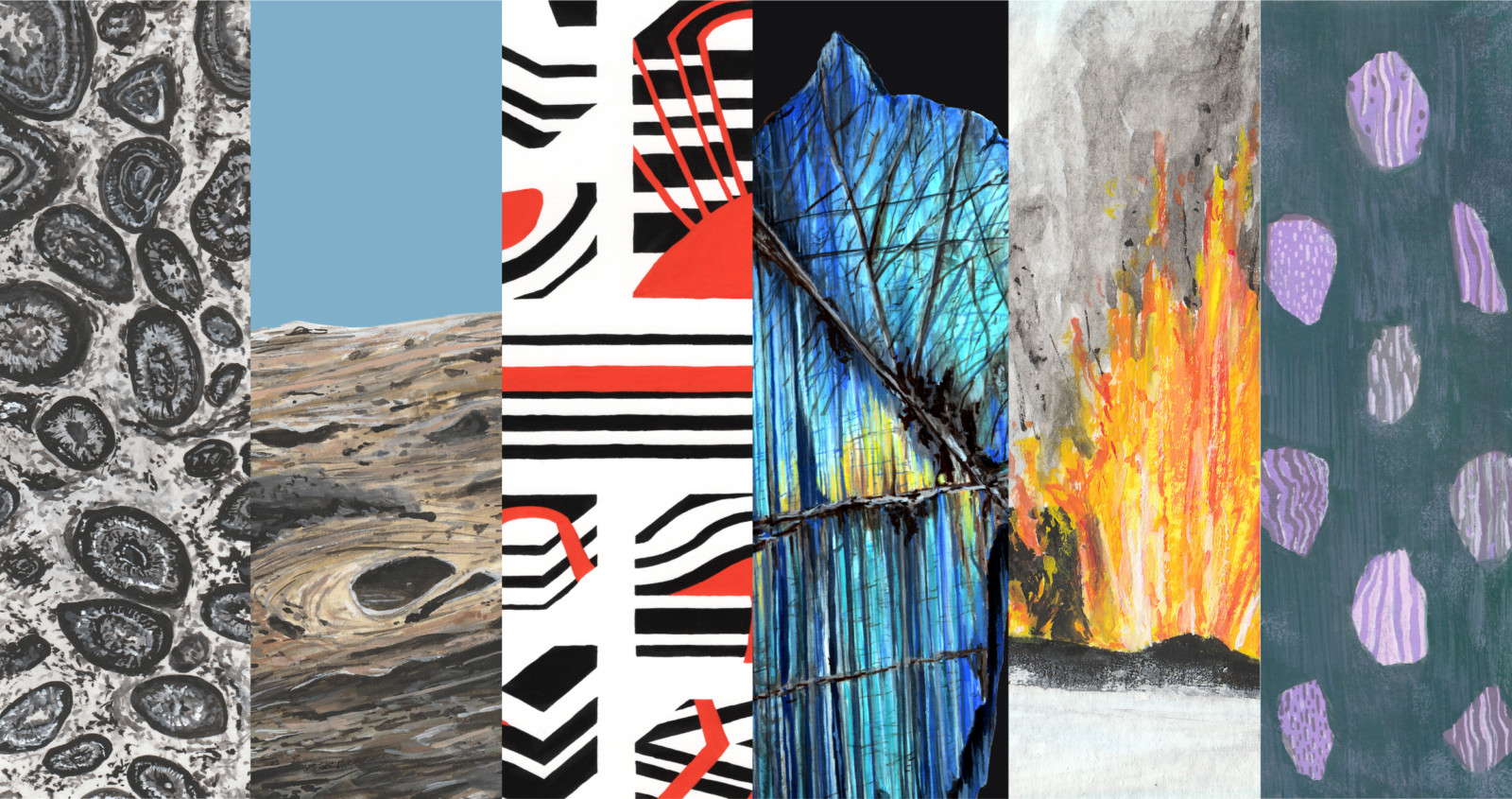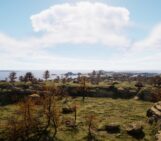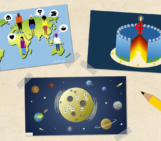
Vojta Hýbl from the blog illustration team (photo taken by India Hunkin).
Spreading research news to a broad audience is important but difficult work for scientists. Luckily, we have an amazing illustration team who are happy to share their artistic creation. Their artwork has helped us expand the readership and made our blogs increasingly popular. This week, I am excited to introduce Vojta Hýbl from our illustration team. Vojta joined the team in 2022 and has already contributed two illustrations for our blogs.
How about briefly introducing yourself first?
“I’m originally from the Czech Republic but moved to Edinburgh to study Geology & Physical Geography. Through my degree, I got to study (and draw!) some spectacular places in Scotland and further afield (like Iceland, Spain and Cyprus). Scientific illustration is something I do on the side (for now) – it’s a way to relax but also to continue learning. Apart from EGU, I have worked with National Museums Scotland and textile designer Agate & Ayre. You can find my work on www.rocksonpaper.com, Instagram (@rocksonpaper) or Twitter (@vojta_hybl).”
Figure 1. Artwork gallery by Vojta Hýbl.
Which came first: art or science?
“I can’t quite tell. I suppose I started drawing and painting first (if the videos shot by my parents are anything to go by). I also remember when I picked up my first rock when I was five (and yes, my dear reader, that rock is still on my shelf today). My journey to becoming a scientific illustrator has been a long one. In primary school, I thought I’d become an artist. But then I discovered geology and, well, here we are today.”
“Discovering science illustration was a bit of a coincidence. It was only after starting university, drawing detailed diagrams in my lecture notes and being told by my classmates to sell them that I found out that illustrating science is, in fact, something you can do for a living. It’s almost as if my two greatest passions (that is, being creative and rocks) collided. Since then, I have experimented with eight different traditional media (and digital illustration, too) to find “my style” (whatever that means). I settled on gouache and watercolour paints, which I use to create most of my illustrations nowadays.”
How about sharing your experience with EGU GD blog team as an illustration artist?
“I got involved with EGU Geodynamics in 2022 after seeing a tweet recruiting blog illustrators. Immediately, I was on board. I had played around with the idea of illustrating someone else’s research before, but I never got round to actually committing to it. Well, here was my first chance.”
“My first illustration was for Elodie Kendall’s “Why do seismic images vary beneath different ocean floors?” I took inspiration from one of the accompanying figures, which shows how the stress/strain rates change beneath tectonic plates near mid-ocean ridges (Figure 4 in the blog post). But I knew I didn’t want to simply copy the figure, so I took the colour scheme to keep the semblance and went a bit wilder with details than the scientific figure. Magma is rising at the spreading centre and ocean ridge basalt makes up the tectonic plate. The dislocation creep is suggested by the orange blobs under the plate. Integral to the story are seismic waves, painted above the plate as they travel. Or are they just waves in the ocean? I’ll leave that for you to decide…”
 Figure 2. Artwork (left) for the blog on plate motion rate’s role in affecting the thickness of seismic anisotropy (blog link). The right ones are research figures that inspired the illustration.
Figure 2. Artwork (left) for the blog on plate motion rate’s role in affecting the thickness of seismic anisotropy (blog link). The right ones are research figures that inspired the illustration.
“I also created the cover art for “Unravelling the geological past of the Sierra del Nevado, in South Andes, Argentina” by Georgina Rubiano Lorenzoni. This one had fewer figures to get inspired by, so I decided to paint Cerro Nevado, the main volcano featured in the study. I combined one of Elodie’s field photos with a stylised sunrise. I chose the national colours of Argentina to depict the sky and the lagoon to make the illustration a little bit more meaningful.”
Figure 3. Blog cover image of Cerro Nevado Volcano for the blog on the geological evolution of the Sierra del Nevado, South Andes, Argentina (blog link).
“Working with the EGU GD team has been an amazing experience, particularly getting to illustrate research from around the world – definitely something I would love to continue doing in the future.”




